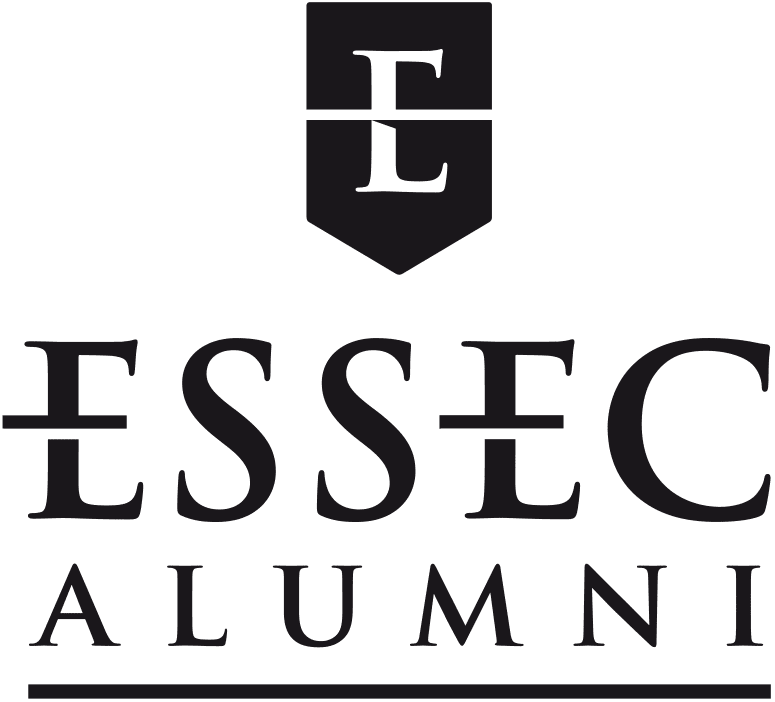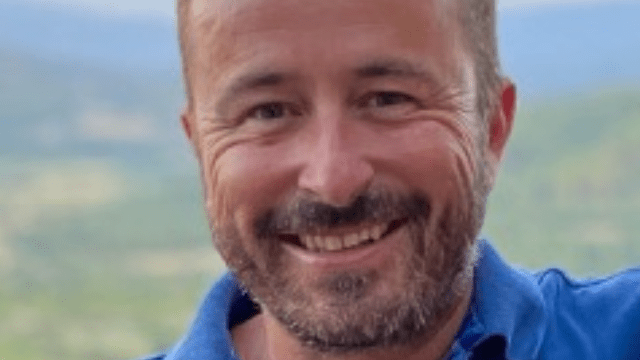Stéphane Allio (EXEC M05): ‘We’re Hoping to Raise €1M to Fight Prostate Cancer’
Via his agency Pure Moment, Stéphane Allio (EXEC M05) is helping the Association Française d’Urologie (AFU) to raise funds for the fight against prostate cancer. Insight.
ESSEC Alumni: How common is prostate cancer?
Stéphane Allio: 60,000 new cases were recorded in Metropolitan France in 2018, i.e. 25% of all male cancers, for 8,100 deaths, making this the third most common cancer death among men.
EA: Are certain profiles particularly at risk?
S. Allio: The average age for diagnosis is 69, but the earlier we look, the more we find. Genetics play a role in 1 in 3 cases, which explains why the risk is 2.2 times higher if your father develops prostate cancer, 3.4 times higher if it affects your brother, but also twice as high in the case of breast cancer and 1.7 times in the case of ovarian cancer in a mother or sister. Ethnicity is also a factor. The French West Indies has the world’s highest incidence rate, because this region combines both genetic risks and a sufficiently effective health system which means that men not only reach the age for which prostate cancer is more frequent, but also have relatively easy access to screening and diagnosis.
EA: What are the symptoms to look out for?
S. Allio: If you wait for the signs, you risk going beyond the stage where recovery is still possible. You must anticipate by consulting your urologist regularly from the age of 50. This specialist will assess the patient’s individual risk and recommend an early-detection protocol. Screening involves a rectal examination, testing the PSA rate (prostate-specific antigen present in the blood) and possibly an MRI, and the combination and frequency of these checks are adapted to each individual profile.
EA: What treatment is currently on offer?
S. Allio: Curative treatment may include a prostatectomy (complete removal), external radiotherapy or brachytherapy. A focal treatment is currently being tested, which consists in removing only the area affected by the cancer and leaving the rest intact to avoid the risks of impotence and incontinence.
EA: What about palliative care?
S. Allio: As the name suggests, this does not serve to cure but to extend patients’ life expectancy. Forms of care include hormonotherapy, which reduces the rate of male hormones (androgens) ‘feeding’ the tumour; radionuclide therapy, which introduces a radioactive element to an antibody latching on to a cancer cell, or targeted treatment using inhibitors to attack the cells carrying the genetic mutation which caused the cancer.
EA: To what extent does early screening improve recovery chances?
S. Allio: Only one qualitative study on this question is available, but it was carried out on a European scale with conclusive results: screening reduces the prostate cancer mortality rate by 20%. This represents a level of effectiveness on a par with breast cancer screening.
EA: What actions does the Association Française d’Urologie (French Urology Association - AFU) lead in this regard?
S. Allio: The AFU runs awareness activities for early prostate cancer screening. In addition to social media communication campaigns, it organises an annual ascent of Mount Ventoux with 500 cyclists of all profiles (patients, healthcare workers, caregivers and researchers). The 2024 edition will form part of the Tour de France publicity tour, as the event’s official cause.
EA: What is the aim of this initiative?
S. Allio: The aim is to attract attention to and promote the benefits of sport for health for patients. The positive impact of physical activity has been widely demonstrated in the case of breast or colon cancer. Studies have revealed a 37% reduction in tiredness regardless of the disease stage, a lessening in the side effects of certain therapies, improved body image and sleep, as well as lower anxiety and depression symptoms, etc. We lack data for prostate cancer, however. AFU is leading a study entitled ‘Sportate’ in this area, aimed at assessing the survival rate without additional treatment but with daily cycling exercise following initial therapy, and the Mount Ventoux climb serves as a way to fund this research.
EA: How can alumni support your actions?
S. Allio: The AFU needs to raise around €1M. We offer various levels of corporate patronage. Company donations will go to the AFU’s Innovation Fund, in exchange for publicity during the Mount Ventoux climb and more generally during the Tour de France. Otherwise, you all have a role to play on an individual level by providing us with visibility and sharing our initiative with your networks!
Interview by Louis Armengaud Wurmser (E10), Content Manager at ESSEC Alumni
Do you want more quality content about the ESSEC community? Join us now

Comments0
Please log in to see or add a comment
Suggested Articles



